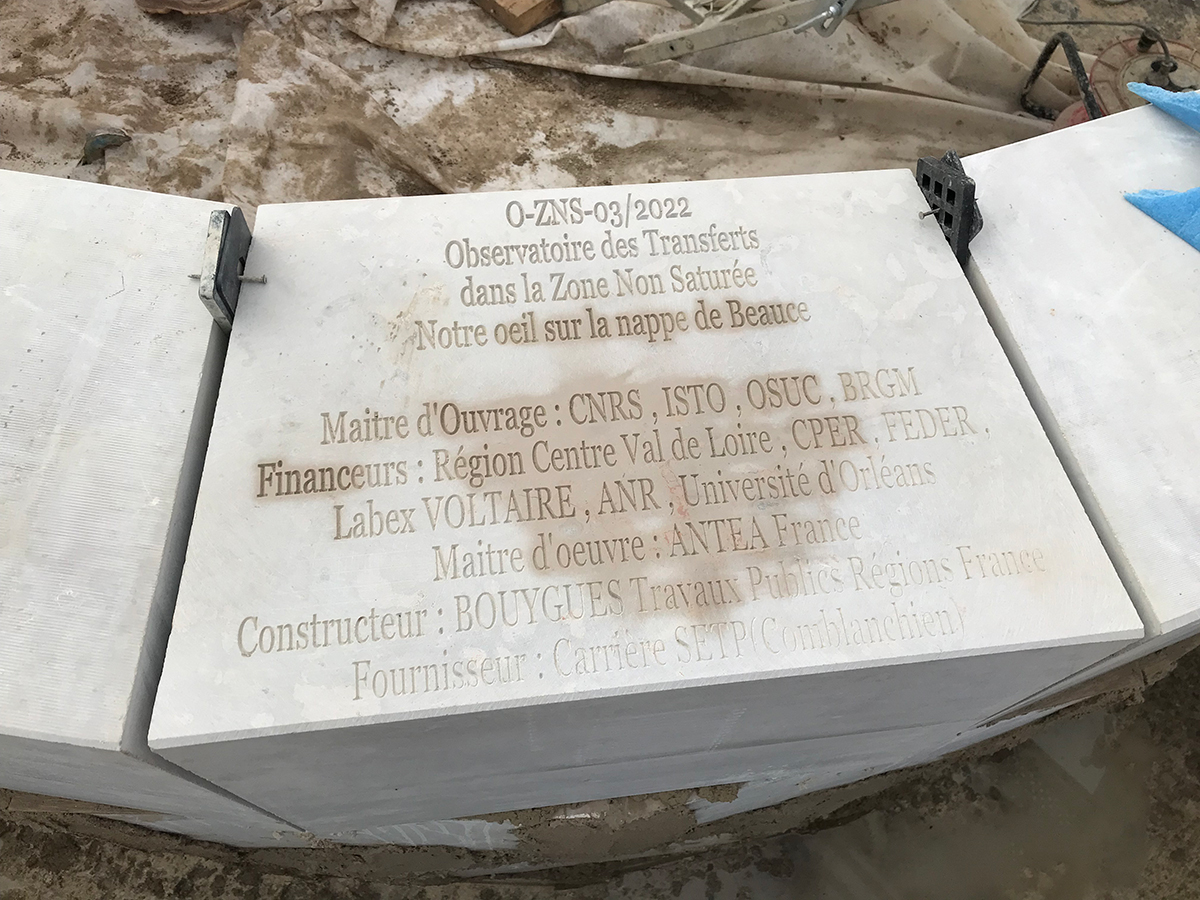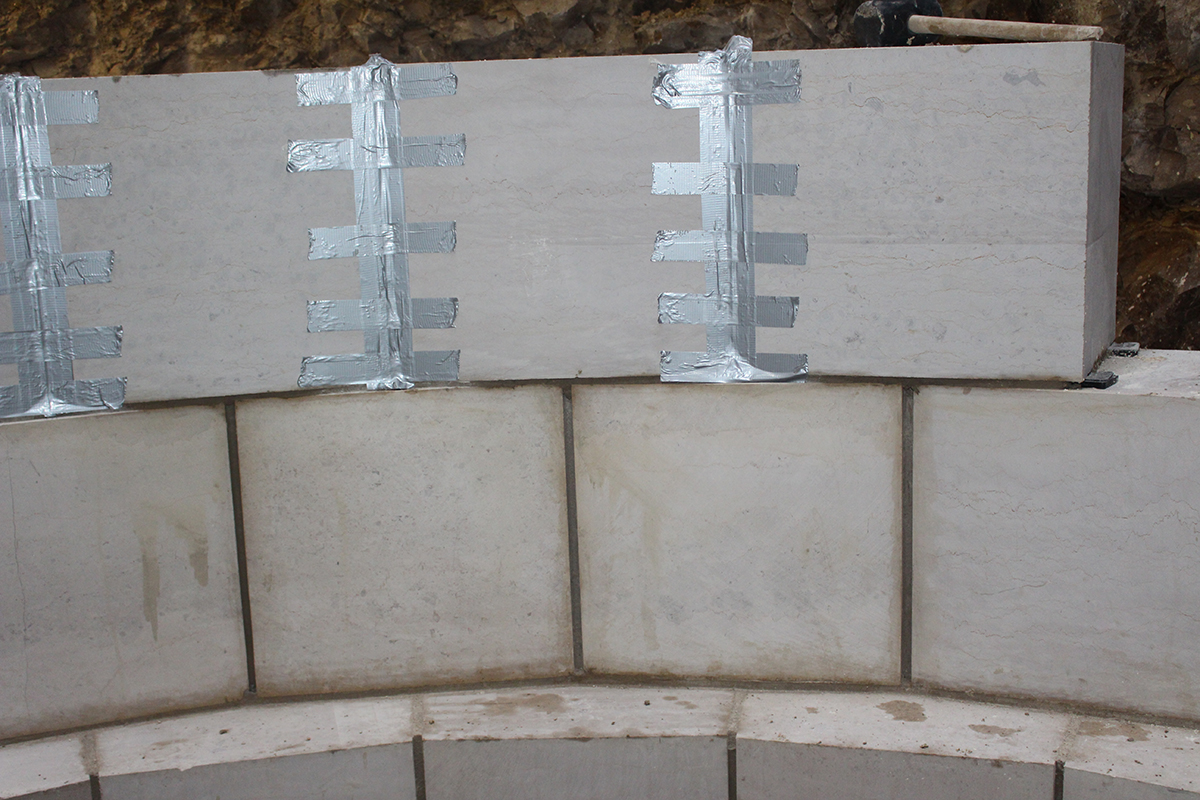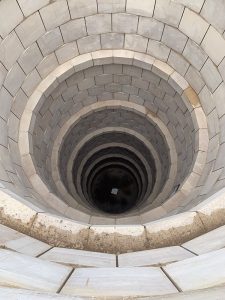ISTO, UMR 7327,
Univ Orléans, CNRS, BRGM, OSUC, F-45071 Orléans, France
Observatory of transfers in the unsaturated zone (O-ZNS)
- Home
- Observatories
- Observatory of transfers in the unsaturated zone (O-ZNS)
Our eye on the Beauce Aquifer
Environmental issues has become one of the major challenges to sustainable development and biodiversity preservation. Scientific efforts are being made to understand the critical mechanisms of environmental degradation. The observatory (O-ZNS platform), a part of the family of PIVOTS (Environmental Technology Innovation, Development and Optimization Platforms) program, aims to understand the water-rock-biosphere interactions and the mass(water and contaminants) and heat transfers in the vadose zone (VZ). The observatory is based on a well of exceptional dimensions (depth – 20 m & diameter – 4m) offering a unique opportunity to decipher coupled processes in the environmental geoscience. The platform allows the development/adaptation of innovative geophysical and physico-chemical sensors to quantify water transfers in the VZ relative to reactive chemicals, redox barriers, capillary fringe, etc. in a porous/fissured carbonated structure. The research field aspire to identify the level of coupling between the interfacial properties of phases, and the electrical/electrokinetic/electrochemical properties associated with moving fluids and biogeochemical reactions. With strong support from the O_ZNS observatory data, we are now in an exciting era where integration of re-active transport models into other community models (especially geophysics, hydrogeology, . . . ) will facilitate process understanding across disciplines and across different time-space scales with relevant couplings.
Scientific leader of the O-ZNS platform
Deputy Director of ISTO
02.38.64.32.54
Geophysical prospection, made from the surface as well as in boreholes, made it possible to obtain information on the lithology as well as on the presence of clay levels, the density, the porosity and the resistivity of the VZ. Measurements included realization of wall imaging and logging (gamma-ray, gamma-gamma, neutron) as well as surface and borehole tomography (electrical, seismic, radar). Laboratory tests carried out on selected core samples, made it possible to obtain additional information on the physical, petrophysical, hydric and mechanical properties of the VZ materials. This O-ZNS observatory is planned to last several decades during which original and unique massive data on the mass (water, solutes, organic and inorganic contaminants, gases, etc.) and heat (induced by gradients temperature, microbiological reactions, etc.) transfers will be acquired across the continuum “Soil – VZ – Capillary Fringe –Aquifer” for environmental issues and georesources needs (water, energy, etc.).






